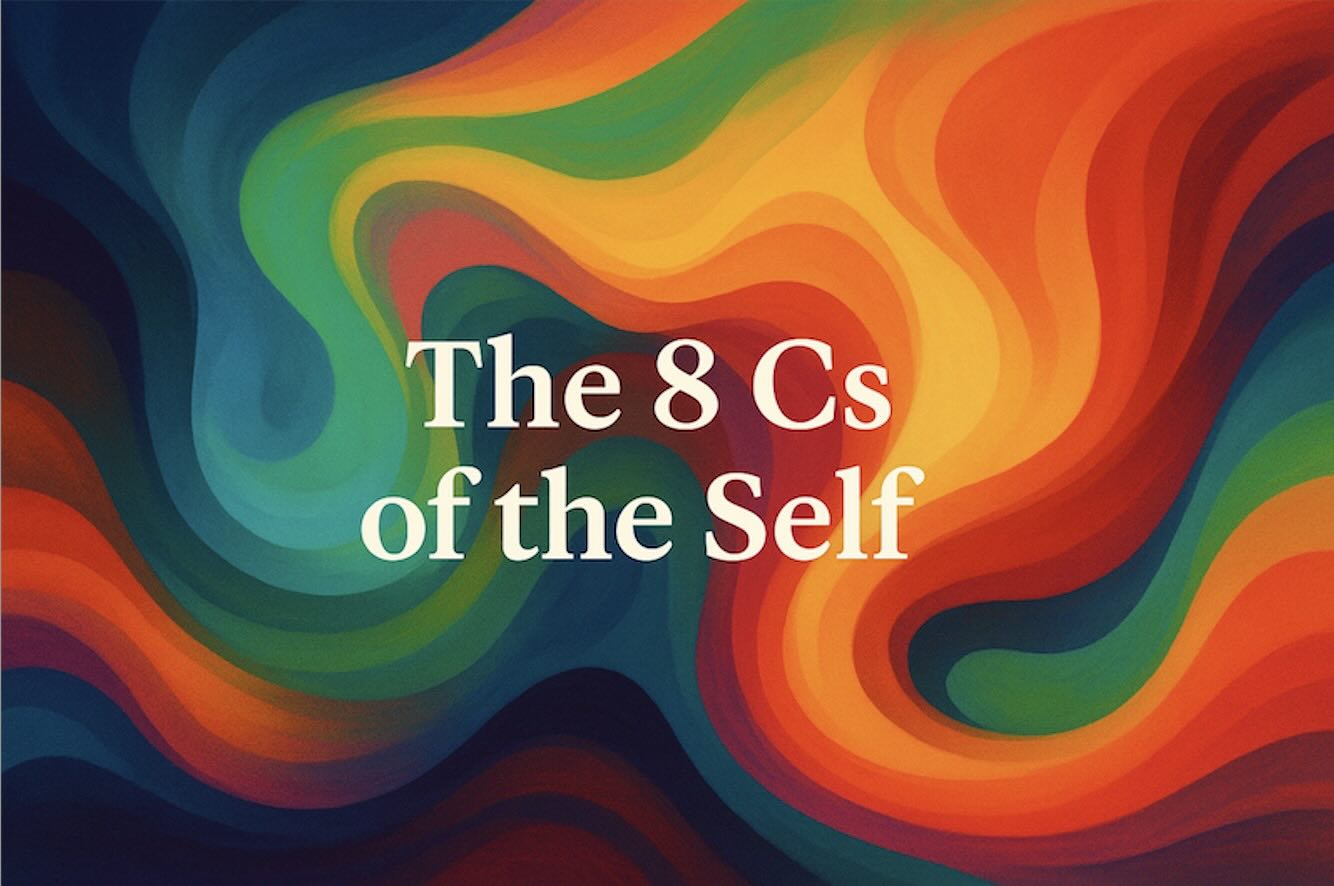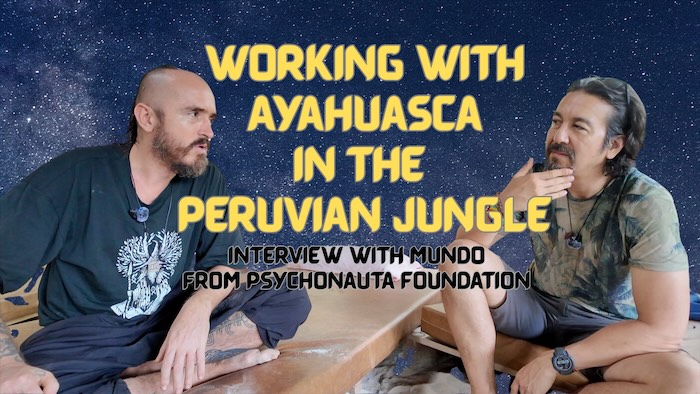In the journey of inner healing—whether through psychotherapy, meditation, or sacred plant medicine—one of the most empowering realizations is that we are not broken. Rather, we are made up of many parts, each with its own story, fear, or unmet need. In Internal Family Systems (IFS), a therapeutic model developed by Dr. Richard Schwartz, this multiplicity is not only normal but necessary for deep healing.
At the center of this inner system lies the Self—an essence within us all that is compassionate, curious, calm, and wise. When we access the Self, we create the conditions for healing. Schwartz identified eight qualities—known as the 8 Cs of the Self—that naturally emerge when we are leading from this centered place.
In the context of psychedelic integration, the 8 Cs serve as anchors of clarity and wholeness. They help us meet the insights, emotions, and parts of ourselves that surface during non-ordinary states of consciousness with grounded presence. They are, in essence, the inner facilitator.
What Are the 8 Cs?
These eight qualities emerge when we are not blended with any specific inner part (like the inner critic, the wounded child, or the avoidant protector), and instead, allow our Self to lead:
- Curiosity – A gentle desire to understand without judgment.
- Calm – A relaxed and peaceful internal state.
- Clarity – Seeing ourselves and others without distortion.
- Compassion – A warm, empathetic care for our own and others’ suffering.
- Confidence – Trust in our inner knowing and capacity.
- Courage – The strength to face discomfort and the unknown.
- Creativity – Openness to new perspectives and spontaneous expression.
- Connectedness – A sense of interbeing and relationship with life.
Why Are the 8 Cs Essential in Integration?
During or after a psychedelic journey, many inner “parts” may emerge: some seeking healing, others resisting change, some exiled in shame or pain. The facilitator’s role is not to interpret or fix but to create the conditions for these parts to be seen, heard, and unburdened.
Similarly, when we approach integration from our Self—embodying these 8 Cs—we can:
- Approach challenging visions or memories with curiosity rather than fear.
- Meet intense emotions with calm and compassion rather than overwhelm.
- Gain clarity about our patterns and defenses.
- Have the courage to face parts we have long rejected or disowned.
- Reconnect to our creative nature to reimagine our life choices.
- Feel a renewed confidence in our ability to navigate life.
- Strengthen our connection to our soul, others, and nature.
Without Self-leadership, integration risks becoming another form of spiritual bypassing or self-rejection.
How to Cultivate the 8 Cs: Daily Practice
These qualities are not forced—they arise naturally when the Self is in charge. But like any muscle, we can create the right conditions for them to grow.
1. Curiosity Practice: “Interview a Part”
- Journaling prompt: “What part of me is activated right now?”
- Gently ask it questions: “What are you afraid would happen if you didn’t do your job? What do you want me to know?”
- Listen without trying to fix.
2. Calm Practice: Grounding Breath
- Sit quietly and focus on a slow 5-second inhale, 5-second exhale.
- With each exhale, imagine melting tension in the body.
- Say internally, “All parts are welcome.”
3. Clarity Practice: Morning Clarity Statement
- Each morning, ask: “What does my Self know today that my parts may have forgotten?”
- Write one sentence and return to it during the day.
4. Compassion Practice: Mirror Work
- Look into your own eyes in a mirror and say: “I see you. I’m here for you.”
- Practice seeing with kindness, especially after emotional triggers.
5. Courage Practice: Discomfort Rehearsal
- Intentionally sit with a small, uncomfortable truth for 3 minutes without distracting or soothing.
- Notice what parts arise, and stay with it in curiosity.
6. Creativity Practice: Non-Dominant Hand Drawing
- Draw or write for 5 minutes with your non-dominant hand.
- Let the unconscious express without judgment or goals.
7. Confidence Practice: IFS Anchoring
- Recall a moment you felt in your Self (confident, compassionate, clear).
- Anchor it by placing your hand on your heart and repeating: “This Self energy is always here.”
8. Connectedness Practice: Nature Integration
- Spend 15 minutes in nature, simply observing. No music, no phone.
- Ask the trees or the sky: “What would you like to teach me today?”
In Ceremony and in Life
In ceremony, many facilitators refer to “holding space.” But ultimately, our ability to hold space for others begins with how we hold ourselves. Practicing the 8 Cs is a daily return to Self-leadership—essential not only for integration, but for presence, healing, and authentic living.
The more we embody these qualities, the more naturally we become instruments of transformation—for ourselves and others.







